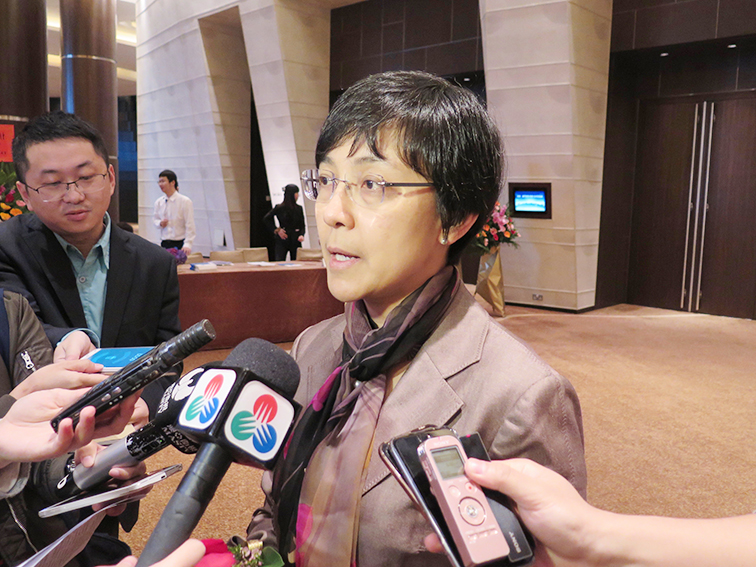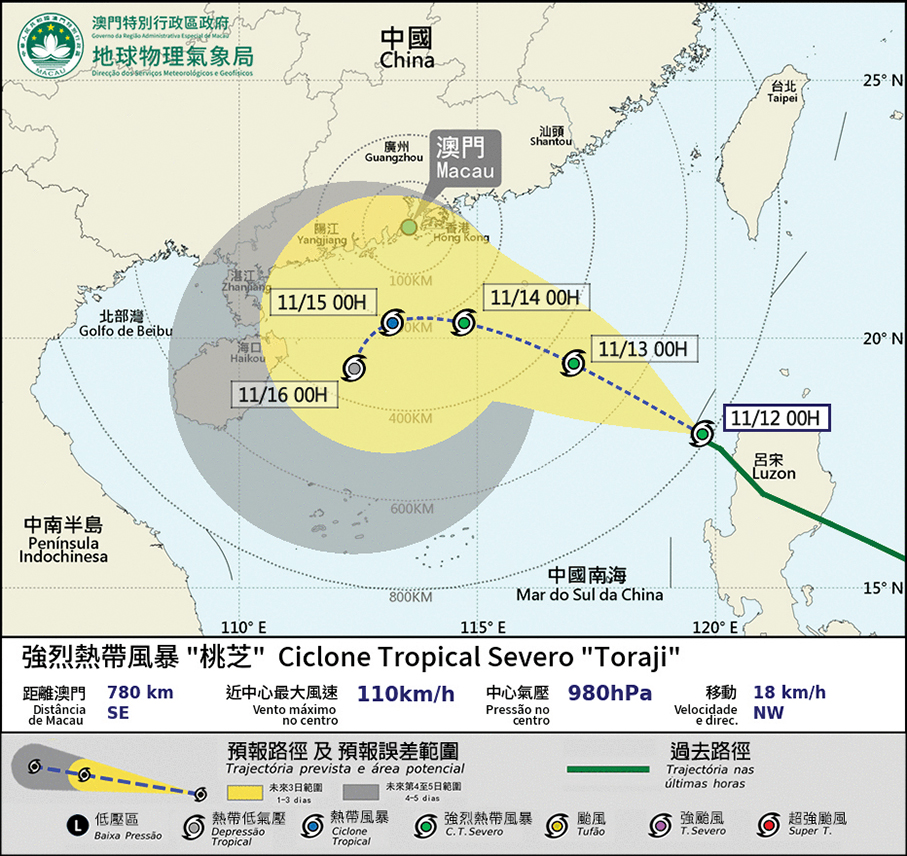Diogo Fernandes*
The celebration of the solemn High Mass at the Ruins of St. Paul tomorrow, at the beginning of the night, is a most important religious event in the annals of the Roman Catholic Church in Macau.Pope Francis has set October 2019 as an Extraordinary Missionary month to carry out evangelization activities and help alleviate suffering.
The Church describes the Holy Mass as “the source and summit of the Christian life.” The Mass is formally known as the Most Holy Sacrifice for it is the central liturgical ritual in the Roman Catholic Church where bread and wine are consecrated and become the body and the blood of Christ. The consecration of bread and wine signifies our own transformation.
The Roman Catholic Diocese of Macau will carry out various programmes on the theme of the Extraordinary Month of October. Young people in particular can expect a unique experience when they will gather to celebrate the Most Holy Mass tomorrow at the Ruins of Saint Paul.
It is a ritual commemoration of Jesus’ Last Supper with his disciples at which (according to tradition) he gave them bread with the words, “This is my body.” And he gave them wine saying, “This is my blood.”
Dom Stephen Lee Bun-sang, the Roman Catholic bishop of Macau, will celebrate the Solemn Mass with his priests, nuns, deacons and sub-deacons and the faithful singing religious songs.
Singing the religious songs help the faithful glorify God and enliven their faith. The bishop conducting the ceremony will kiss the altar as a sign of our surrender to the will of God.
Simultaneously, Dom Stephen Lee will take the smoke censer with chains in his hands and lovingly swing it to spread the incense smoke widely to scent the air around the faithful. The rising holy smoke shows the acceptance of our prayers by God. All the more, the three wise men who visited Infant Jesus brought three precious gifts that included incense.
‘Spirit stone’The Church of Mater Dei is a granite constructed building. The ancient Christians used granite in church construction work. It was known to them as a ‘spirit stone.’ The other reason is that granite is connected with natural energies and therefore was used in many sacred sites. In a sense, it allows the Earth’s energy to build up and resonate.
Granite is also used as Mass altar-stone. It is intended to serve as an essential part of the altar for the celebration of Mass in the Roman Catholic Church. A slab of granite stone is safely placed on the altar containing a relic in the cavity. In religion, a relic usually consists of the physical remains of a saint or personal effects of the saints, preserved for the purpose of veneration as a tangible memorial.
There are sacred places found all over the world but from both an engineering and spiritual viewpoint, the Church of Mater Dei in Macau is in a class by itself for people see in it an example of sacred geometry. Construction of the church, which took nearly four decades, was completed in 1640, long before modern mathematical techniques came into practice. The Church’s positioning on the hillock also serves as a sundial on the winter and summer solstices, as well as the spring and fall equinoxes.
The construction of the Church of Mater Dei is aligned with the stars in the sky – the architects who constructed the Church of Mater Dei were extremely wise human beings, with the advanced knowledge of mathematics and astronomy far beyond the standard of their time.
On a metaphysical level, the Church of Mater Dei is a place of great significance for it rises out of the Earth to face the rising sun each day and to follow it passage across the sky. It stands on an ancient sacred hillock, communicating its message of love and devotion to people. The message it conveys is timeless and eternal.
The Church of Mater Dei is one of the oldest and largest churches in the Far East but the basic facts about it are still subject to debate. The commonly used name “the Church of Mater Dei” was given to the church centuries ago. This ancient church has dominated the scenic beauty of Macau in equal measure among the great churches and cathedrals of the world.
The celebration of the Solemn Mass at the Ruins of St. Paul, an initiative of Rev. Manuel Machado, ignited the imagination of Dom Stephen Lee to accomplish the noble missionary work in the footsteps of St. Francis Xavier, the greatest Roman Catholic missionary of modern times.
St. Francis Xavier was instrumental in the establishment of Christianity in India, the Malay Archipelago and Japan. He died in 1552 on Shangchuan Island – 93 kilometres south-west of Macau –, in his attempt to enter the Chinese mainland. He is honored by the Chinese people with the title Missionary Pioneer of the Far East.
*Diogo Fernandes is a psychic,astronomer and writer based in Macau







